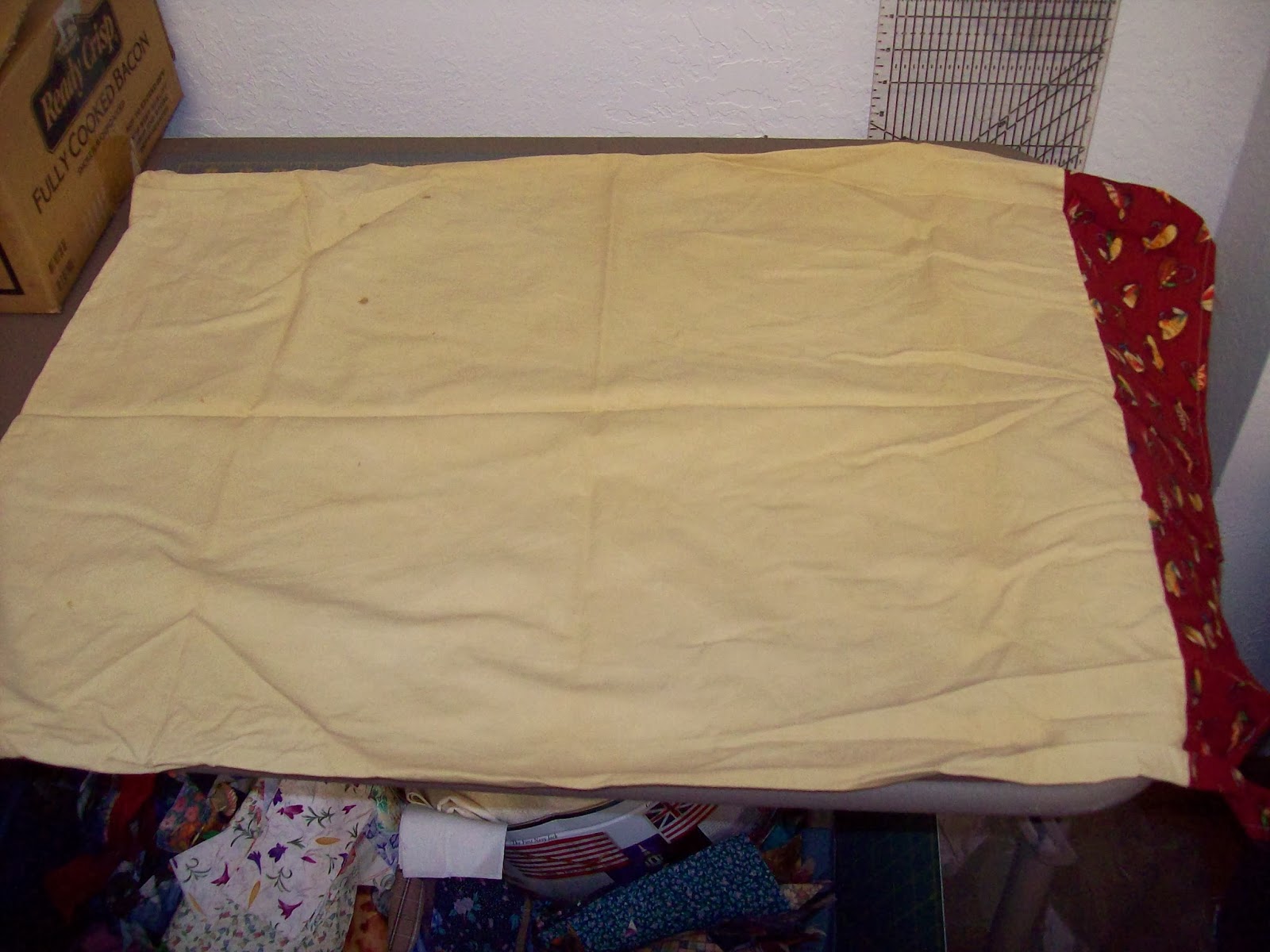Earlier this month we did a project with the kids at the high school that asked them to examine 15 minutes and what you can do with it. It was awesome - it really made the kids think about their use of time and it also gave me some confirmation that I am on the right track. I USE my 15 minutes! I have been doing that for some years now - I just didn't realize that it was a system!
The project we did with the kids had a graph that they were asked to fill out to outline how they spent their day. Fill out from 9:00 am to 8:00 pm in 15 minute increments and see if you cant find 5 times where you have 15 minutes or more in your day. What could you do with that time?
I quilt - as you know from my earlier blogs. I get quite a lot done for someone with more than one job! One of the ways that I get so much done is to work on quilts in 15 minute increments.
The above is a quilt in a box - one of those projects that got chosen a long time ago and put in a box with all of it's fabric and then as I get time I work on it. This particular quilt is a blue and gold (Alaska Flag style) Bear paw pattern. I have 30 different gold fabrics on a blue batik background. I spend 15 minutes at a time cutting out blocks (I can get about 2 done in each 15 minute frame).
Then I put them on my sewing table as "set-ups" or stacks of pre cut blocks that can be put together in 15 minutes increments.
Super easy to keep your set-ups out right in front of the machine so that when you have a 15 minute block you can put a block or two together.
These two completed blocks were put together in 15 minute increments - about 1 per 15 minutes. Before you know it you have enough blocks done for a quilt top!
There are other things you can do in your 15 minutes if you don't quilt, or if you forget your rag rug project at home and you have 15 minutes of say; waiting for a doctor, or prescription (I do a lot of that lately), or while waiting for a practice to be over and you have finished your walking. 15 minutes of writing that novel or poem can go a long way towards completion! Even if you are only free-writing, 15 minutes can get you most of your outline or develop a character for the novel.
15 minutes can get you your list for the next day, menu for the week (I do mine in two week increments), or it can let you change out a couple of loads of laundry!
Try graphing it out and see when (or where) your 15 minutes a day can take you!














